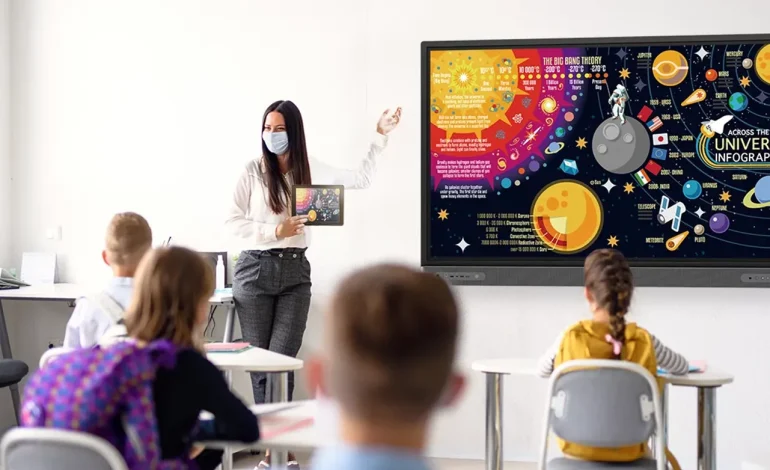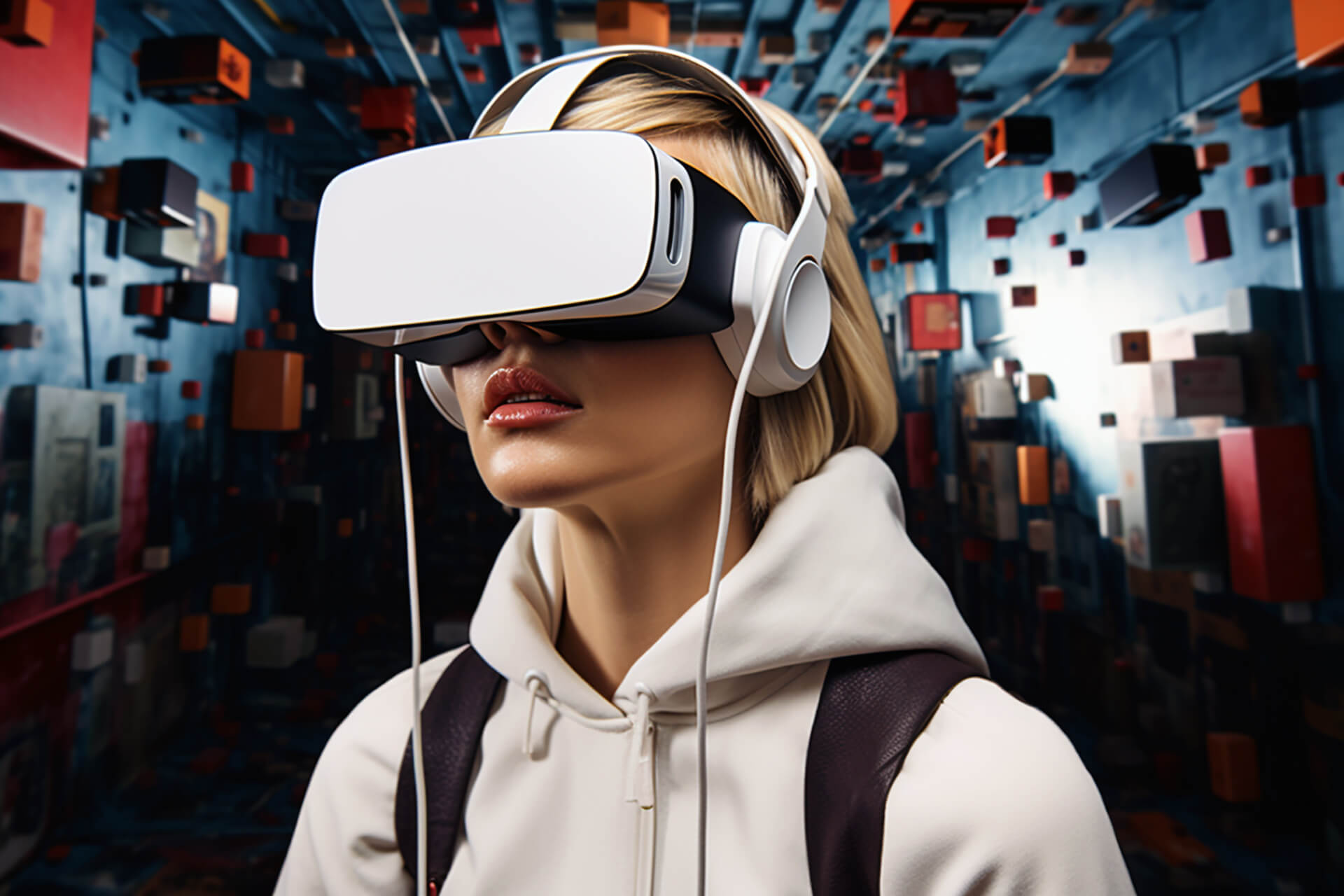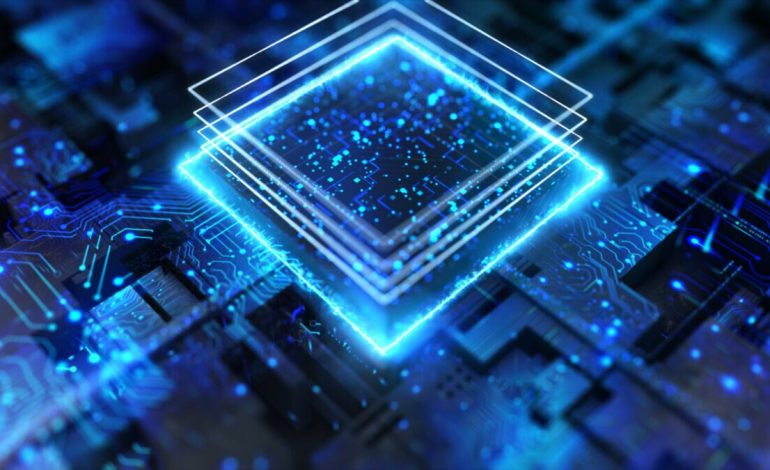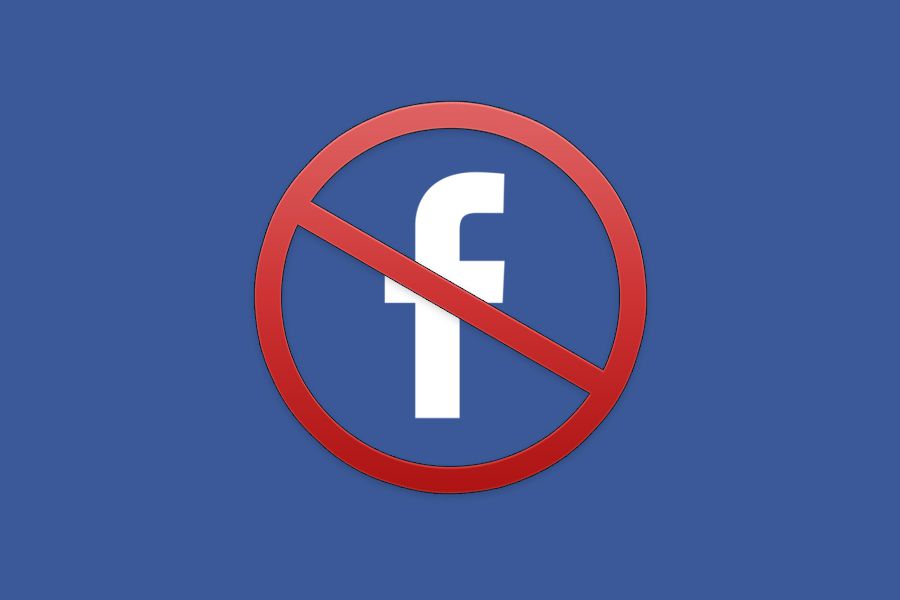The Technology Revolution of 2025: How Innovation Is Redefining the Digital World

Technology continues to accelerate at a pace no one could have predicted a decade ago. From artificial intelligence to quantum breakthroughs, automation, cybersecurity, and next-generation connectivity, 2025 is proving to be a landmark year in tech evolution. The digital transformation sweeping across industries is more than a trend—it is a fundamental reshaping of how humans work, communicate, create, and solve complex problems.
This article explores the most influential shifts happening in the tech world today and how they are setting the foundation for the next wave of global innovation.
1. The Mainstream Rise of Artificial Intelligence
Artificial intelligence has evolved from a futuristic concept into a daily tool used by billions of people. AI now powers everything—from search engines and smart assistants to medical diagnostics, autonomous vehicles, manufacturing, and financial forecasting.
AI as a Productivity Partner
Generative AI tools have become essential in workplaces and homes. They help with:
-
Drafting documents and emails
-
Analyzing large datasets
-
Generating code
-
Providing educational support
-
Enhancing productivity workflows
This shift has allowed individuals and businesses to operate more efficiently, freeing time for higher-level thinking and strategic tasks.
Industry-Specific AI Applications
AI is making deep impact in specialized sectors:
-
Healthcare: AI-assisted imaging, personalized treatment plans, and drug discovery
-
Finance: Fraud detection, investment predictions, automated trading
-
Retail: Smart inventory systems, virtual try-ons, dynamic pricing
-
Transportation: Autonomous navigation, real-time traffic analysis
-
Education: Personalized learning tools and adaptive testing
AI is not replacing humans—it is augmenting human capability.
2. Quantum Computing Moves Into Applied Research
Quantum computing has transitioned from theoretical hype to practical exploration. While still early, several breakthroughs in error correction, qubit stability, and hybrid classical-quantum systems are accelerating progress.

Why Quantum Matters
Quantum computers have the potential to solve problems impossible for classical machines, such as:
-
Complex material simulations
-
Next-generation pharmaceuticals
-
Advanced cryptography
-
Climate modeling
-
Optimization across massive datasets
Although commercial quantum systems are not yet mainstream, research advancements in 2025 show clear momentum toward real-world applications within the decade.
3. The Expansion of 5G and the Early Foundations of 6G
Connectivity remains at the heart of digital transformation. The global rollout of 5G networks has dramatically improved mobile speeds, latency, and reliability—enabling more devices, real-time analytics, and the growth of edge computing.
5G-Driven Innovation
Key areas benefiting from high-speed connectivity include:
-
Smart cities
-
Autonomous transportation
-
Telemedicine
-
Cloud gaming
-
Massive IoT (Internet of Things) ecosystems
Meanwhile, early research into 6G has already begun. Although still years away, 6G aims to deliver terahertz-level speeds, holographic communications, and hyper-realistic virtual environments.
4. The Internet of Things: Smarter, More Connected, and More Secure
The IoT landscape continues to expand, with billions of devices now integrated into home, industrial, and commercial environments. These networks collect real-time data that fuel automation, predictive maintenance, and operational efficiency.
Smart Homes Become Standard
From smart thermostats and security systems to AI-powered appliances, smart home technology is now widely adopted. Devices can:
-
Learn household habits
-
Reduce energy consumption
-
Improve safety
-
Streamline routine tasks
Industrial IoT (IIoT)
Manufacturing, logistics, agriculture, and energy sectors rely heavily on IoT devices. Predictive sensors help prevent equipment failure, while real-time data analytics boosts productivity and reduces operational costs.
As IoT expands, cybersecurity becomes a critical priority—prompting manufacturers to strengthen firmware, encryption, and privacy protections.
5. Cloud Computing Evolves Into Hyper-Scalable Ecosystems
The cloud is the backbone of digital business, and in 2025, organizations rely more heavily than ever on cloud-based environments. But the cloud is evolving beyond simple storage and hosting—toward integrated, intelligent ecosystems.
Multi-Cloud and Hybrid Cloud Become the Norm
Companies are strategically distributing workloads across:
-
Public clouds
-
Private clouds
-
On-premises infrastructure
This improves resilience, cost efficiency, and performance.
Edge Computing Growth
Edge computing—processing data closer to the source—has exploded due to:
-
Smart devices
-
Autonomous systems
-
Real-time analytics needs
By reducing latency, edge systems enable faster decision-making and lower bandwidth demand.
6. Cybersecurity: From Reactive Protection to Proactive Defense
As digital reliance grows, so do cyber threats. Cybersecurity in 2025 is less about building walls and more about intelligent, proactive defense strategies powered by automation and AI.
Top Threats on the Rise
-
Ransomware attacks
-
Supply chain vulnerabilities
-
AI-driven phishing
-
Zero-day exploits
-
IoT device breaches
Next-Generation Solutions
To counter these threats, organizations are deploying:
-
AI-driven threat detection systems
-
Zero-trust architecture
-
Biometric authentication
-
Blockchain-based identity solutions
Cybersecurity is no longer optional—it is a fundamental part of business strategy.
7. The Shift Toward Autonomous and Augmented Work Environments
Automation is reshaping workplaces across industries. Rather than eliminating jobs, technology is transforming business processes and creating new roles.
Robotics in the Workforce
Modern robots support:
-
Manufacturing
-
Warehousing
-
Agriculture
-
Healthcare
-
Hospitality
These systems improve precision, speed, and safety while working alongside humans.
Augmented Reality (AR) in the Workplace
AR is becoming a powerful tool for:
-
Remote collaboration
-
Employee training
-
Real-time information overlays
-
Hands-free instructions in industrial environments
This technology helps reduce errors and speeds up complex workflows.
8. Digital Creativity: A New Era of Content and Innovation
Creators are leveraging technology to build new forms of media, entertainment, and communication.
3D and Immersive Content
Tools for 3D modeling, virtual production, and motion capture are now accessible to independent creators—not just large studios.
The Creator Economy
Platforms that support:
-
Content monetization
-
Micro-entrepreneurship
-
Direct fan engagement
have empowered millions of people to turn creative passions into full-time careers.

Conclusion: A Future Built on Innovation and Human Collaboration
The technology landscape of 2025 is defined by rapid innovation and increasing interconnectivity. Artificial intelligence, quantum computing, IoT, cloud evolution, cybersecurity, and automation are transforming every facet of modern life. Yet the most important element remains human creativity and adaptability.
As we look ahead, the future of technology isn’t just about smarter machines—it’s about empowering people. The next wave of innovation will be built on collaboration between human intelligence and digital capability, opening doors to breakthroughs we are only beginning to imagine.









